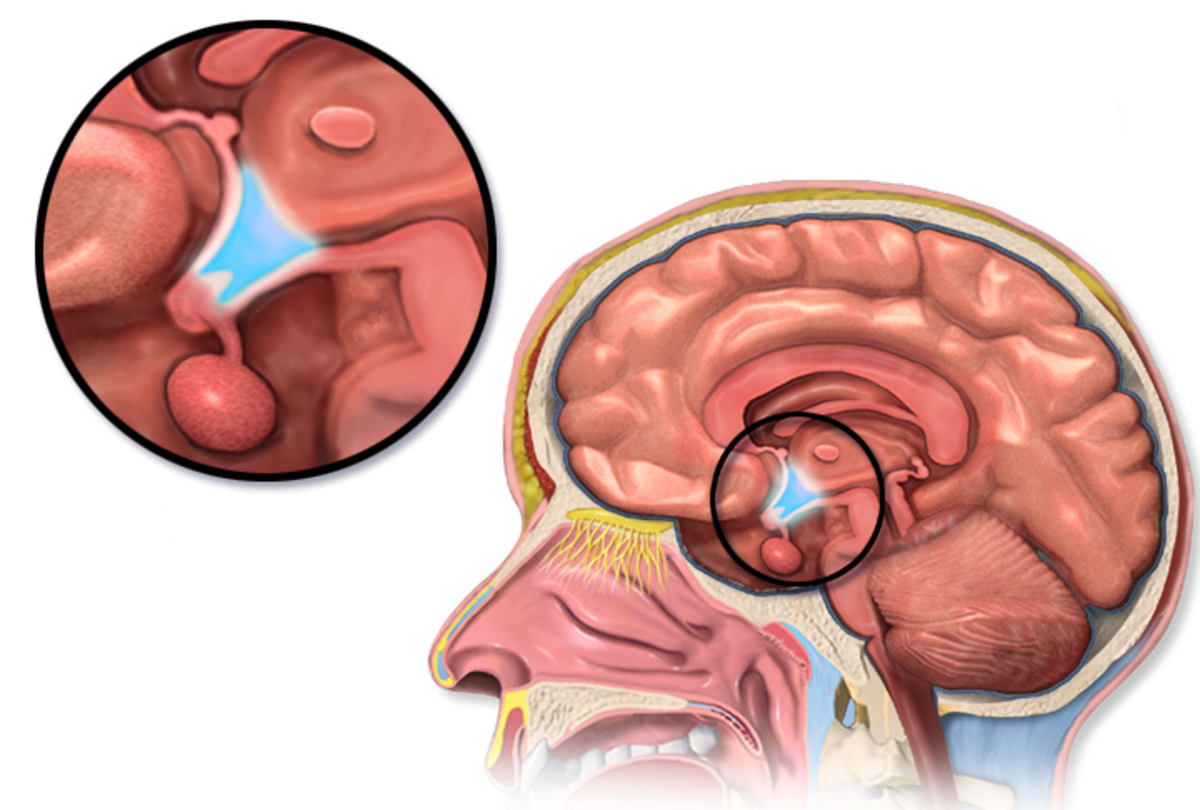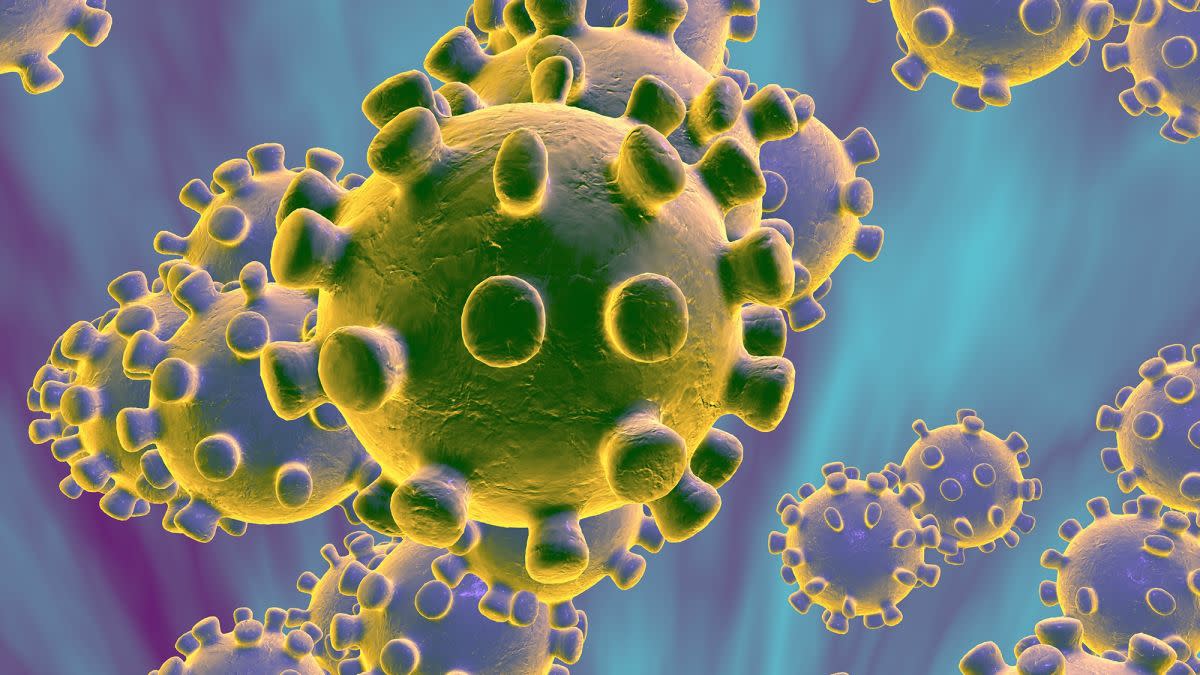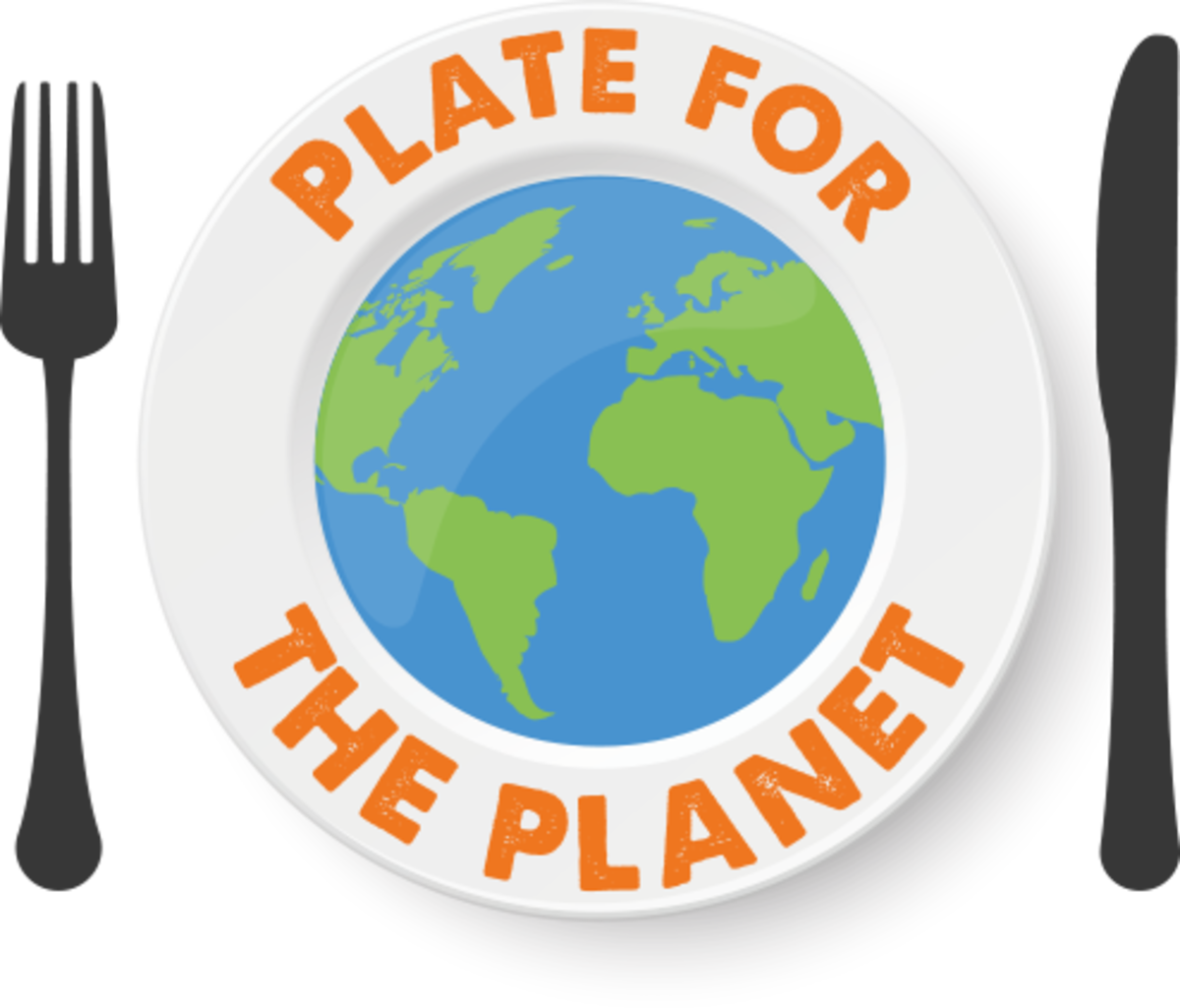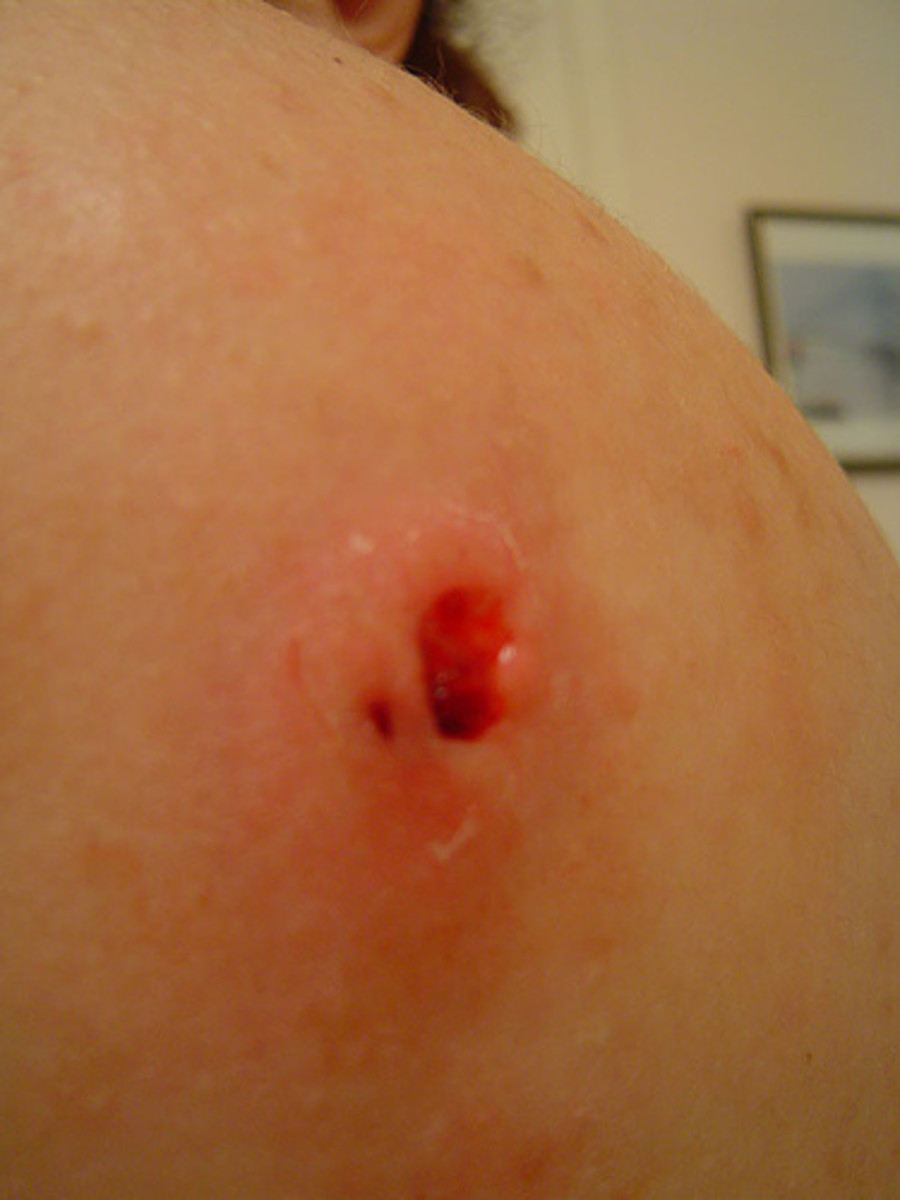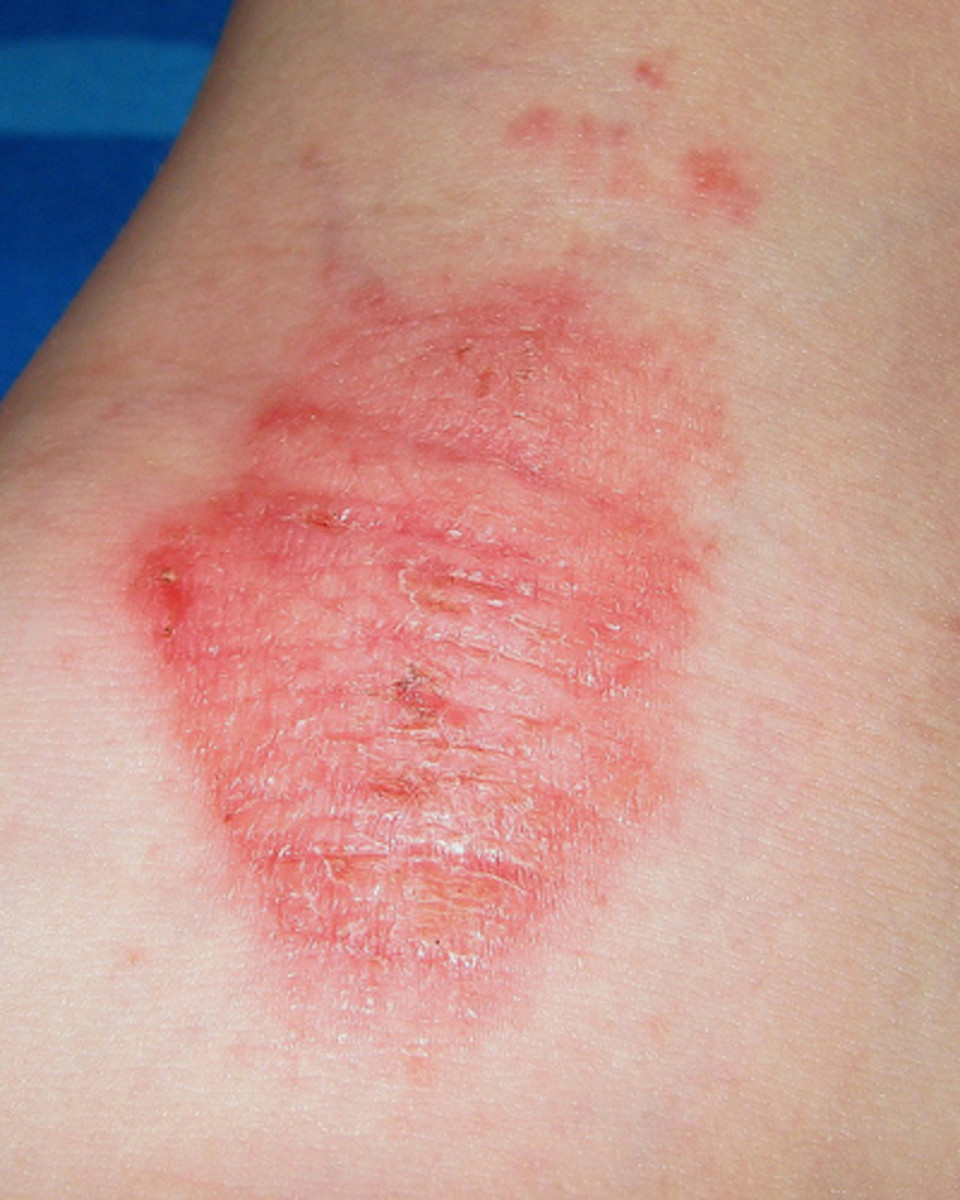How COVID-19 Attacks Your Body

As the British science journalist, Ed Yong, mentioned on the podcast ‘Today, Explained’, the manner in which COVID-19 develops has not yet fully been understood. Scientists can only speculate using medical experience, very few autopsies, and by the understanding of how similar viruses like SARS (Severe Acute Respiratory Syndrome) have done in the past.
“Mutations will arise (and we can already see) however, it is very unlikely that it will be more virulent due to the mutation because the current form of the virus is already pretty good at spreading.” — British science journalist, Ed Yong.
How does COVID-19 infect?
The virus is basically a spiky ball. Those spikes (spike proteins) recognize and attach to the surface proteins on our cells called ACE2 (angiotensin-converting enzyme 2) like a key fitting into a lock. The SARS virus had similar spike proteins that could also attach to the ACE2 in our cells, but, the spike proteins in COVID-19 is a better fit for the ACE2 and therefore bonds more strongly and readily. So it is speculated that it requires a lesser dose of the virus to cause an infection.
After recognizing the surface proteins, the spike proteins have to breakdown into two halves in order for the infection to continue. An enzyme called Furin cuts the two halves apart. Furin is made by the human cells and found in many types of tissues. Respiratory viruses affect either the upper or the lower respiratory tract. If it infects the upper tract they can spread more easily but they tend to cause minor illnesses such a runny nose. However, if it infects the lower respiratory tract, they can cause more severe illness such as pneumonia but can spread less easily. COVID-19 however, seems to infect both sites.
This illustration, created at the Centers for Disease Control and Prevention (CDC), depicts the exterior structure of the coronavirus disease 2019, or COVID-19.
Why does COVID-19 damage the lungs?
The virus infects cells in the airways. It gets into cilia cells (the hairlike cells in your lungs that clear out viruses and pollen), reproduces, makes more copies of itself, and the cell dies. In the absence of these hairlike cells, your lungs can fill up with fluids and other stuff (including dead cells) that shouldn’t remain in them. In addition, COVID-19 also attacks mucus cells. These cells are important because they keep the lungs moist so they can work.
Cilia cells in action. http://www.epithelium3d.com/trachea.html
But.
The most severe problem seems to occur not because of the infection itself but because of the body’s attempt to fight the infection. The body tries too hard and that’s when things get messy. When lungs are under attack, they alert the body’s immune system that then sends immune cells to fight the infection. But sometimes, these immune cells kill everything, including healthy tissue. The immune system overreacts and causes a cytokine storm. Cytokines are small proteins released by the immune system where they coordinate the body’s response against infection and trigger inflammation.
In the words of Alison George from NewScientist, “in some patients, excessive or uncontrolled levels of cytokines are released which then activate more immune cells, resulting in hyperinflammation. This can seriously harm or even kill the patient.”
Why does COVID-19 attack other organs?
Each lobe of the lung is like a balloon filled with spongy tissues and they are responsible for exchanging gases inside the body. The damaged lungs have a harder time getting oxygen to the bloodstream. Since organs need oxygen to function, if there is none, they can die, starting with the liver, followed by the kidneys.
Will it mutate and become more deadly?
Does not seem that way right now. None of the mutations that have appeared thus far seems to have a significant effect on the course of the pandemic. According to Ed Yong, on the podcast ‘Today, Explained’, “mutations will arise (and we can already see) however, it will be very unlikely that it will be more virulent because of the mutation because the current form of the virus is already pretty good at spreading.” Some Good News: You Don’t Need to Worry About the Coronavirus Mutating.
This content reflects the personal opinions of the author. It is accurate and true to the best of the author’s knowledge and should not be substituted for impartial fact or advice in legal, political, or personal matters.
© 2020 Eshan Samaranayake

